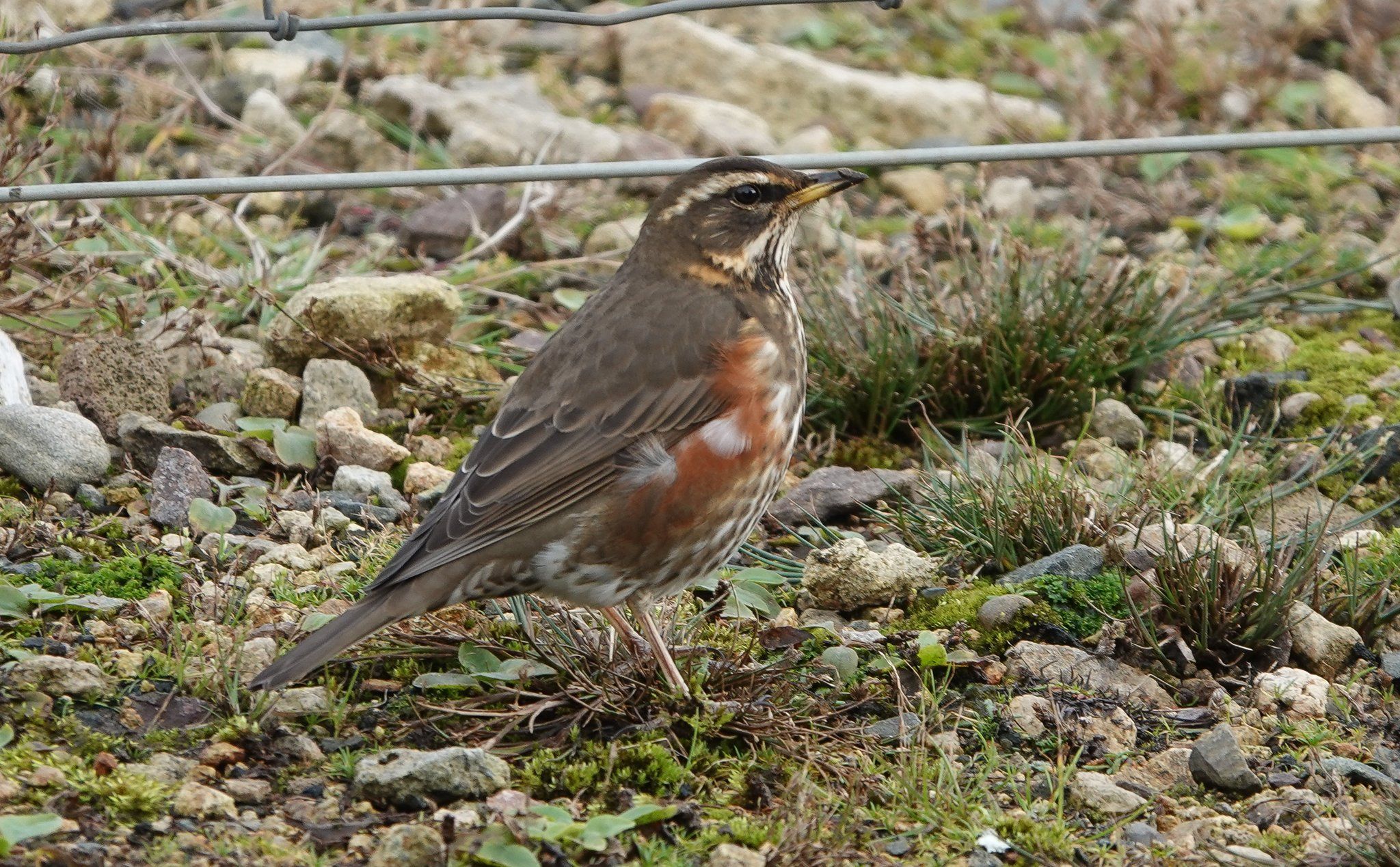ARE birds getting hungrier? Every day Dúlra has to refill the feeder in the garden when at one time it seemed like only a weekly chore.
Dúlra can only think it’s because of the sunflower hearts – years ago the only food we’d put in feeders were peanuts. Birds couldn’t lift out an individual nut but had to literally hang around to prise out wee pieces. But sunflower hearts seem to be the ultimate bird food – they go nuts for them, pun intended!
They’re called ‘hearts’ because they have been removed from their husk, so there’s no work for the birds to do. They just pick out the protein-rich seed and swallow. The problem is that it has become as expensive as feeding a family, but Dúlra considers the garden birds as his family of sorts, so it’s got to be done. It’s estimated that 53 per cent of sunflower seeds are grown in Russia and Ukraine – we can eat those hearts as well and you’ll often find them in salads – but the war between those two countries has not only affected our lives, but the lives of our garden birds.
Dúlra has noticed the price of sunflower hearts rocketing and the bags themselves getting smaller. One shop which has battled to keep the price down is Temple Garden and Farm Shop on the road to Ballynahinch. Owner Hugh Gilmore has earned a reputation as the premium bird food supplier in these parts, and what started as an offshoot to his thriving plant business seems to be taking up more and more space in his colourful shop.
Bird lovers travel from far-off places to stock up on their sunflower hearts here. When Dúlra was there this week there were plenty of sacks being loaded into car boots. It might be mild now, but our birds will need help to see them through the winter, so now’s the time to get those feeders ready.
At £29.95 for a 20kg sack, it was a big outlay, but it should see Dúlra through to Christmas (that’s in 74 days time in case you were wondering). And that’s filling up the feeders every single day. But even a small bag of sunflower seeds put into a feeder will transform the birdlife in your garden or back yard. Beautiful birds like goldfinches and blue tits won’t take long to discover them, and how can you put a price on having creatures like that for company?
Every year the variety of birds that these seeds attract changes. Amazing birds that were rarely seen by anyone except the most ardent twitchers – finches like siskins and redpolls – used to love them, but for some reason they’ve decided to stay in our hills in recent years. But they’ve been replaced by another finch – the bigger greenfinch, which was mysteriously wiped out by a disease a decade ago. Nature usually finds a way to overcome most challenges, and the greenfinch has returned from the brink.
A family of them – including four youngsters, which means a successful breeding season – pay a visit at least once a day, their strong beaks devouring a stomach-full of sunflower hearts. So far Dúlra hasn’t had any greater spotted woodpeckers, although many readers have.
One reader in Poleglass recently reported how this bird, which has returned to Ireland after an absence of 200 years, wouldn’t tolerate any other birds on the feeder and actually ripped off the wing of a goldfinch who had been feeding alongside it. That famous beak has many uses!
And when you have plenty of birds at your feeder, there’s every chance a bird of prey will notice. Last winter there wasn’t a day that went by without a sparrowhawk raiding Dúlra’s garden in a lighting strike. Most days the only sign of a visit was the pile of feathers scattered on the lawn, usually with the odd yellow one among them, meaning it had chosen a goldfinch. It seems those beautiful colours aren’t a good idea after all!
As Dúlra was filling the feeders yesterday, a bird landed on the top of the holly tree, a bird that he hadn’t seen for, well... for the best part of a year.
Redwings – (deargán sneachta, red flash of the snow) in Irish – have arrived from Scandinavia to find a country that has yet to shake off summer. These birds behave like clockwork, leaving their home countries at the same time each year as winter approaches.
They are sustained here by berries on our hedgerows, or at least they were until it became fashionable for farmers to trim them. Dúlra’s holly tree is packed with bright red berries and the single redwing was busy hoovering them up.
Whatever about global warming, we can’t avoid winter altogether. In the next few weeks temperatures will plummet and the migrant birds will flood in. They’ll all need our help, and thankfully there are plenty of readers who are more than willing to do just that. Dúlra just hopes that the redwings will leave a few berries on the holly tree for Christmas!
•If you’ve seen or photographed anything interesting, or have any nature questions, you can text Dúlra on 07801 414804.







